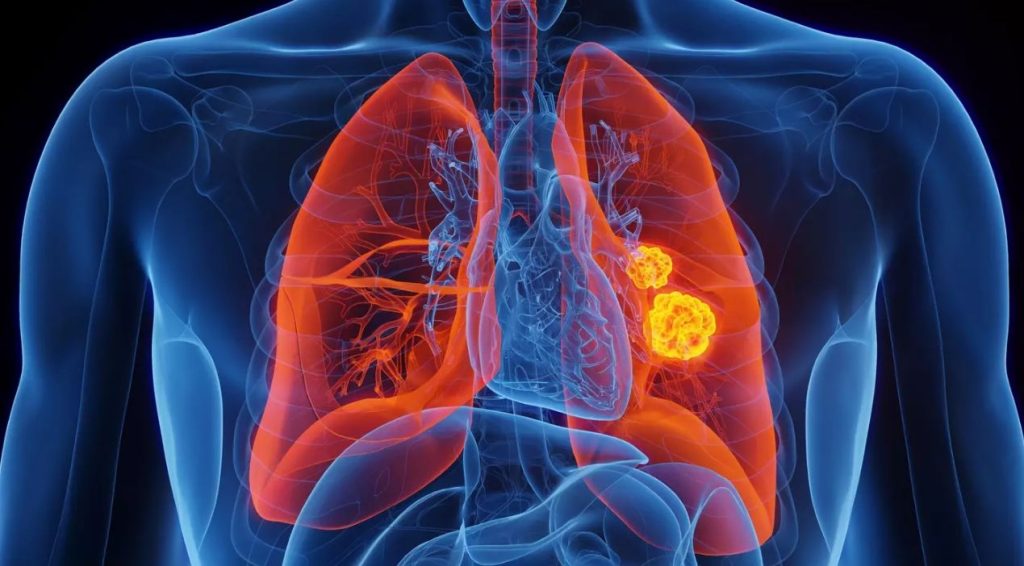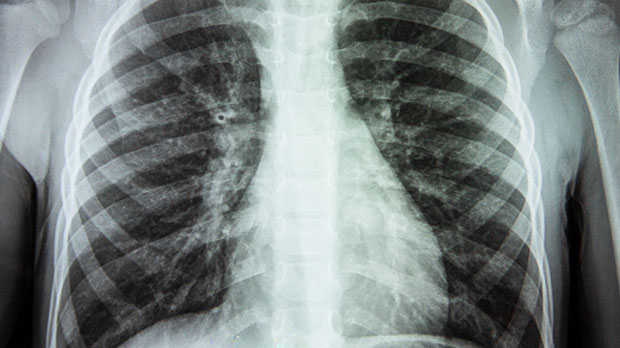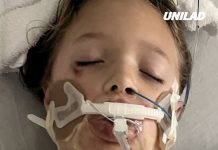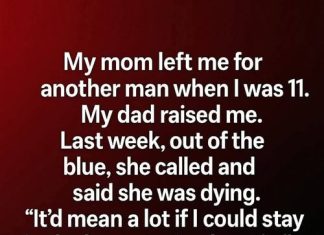Lung cancer has long been associated exclusively with smoking. However, doctors are now emphasising that the disease is far from being restricted to smokers alone. Recent commentary highlights that even people who have never lit a cigarette can develop lung cancer and that risk awareness needs to broaden accordingly.
Why the Misconception Persists
For decades, the question “Did he or she smoke?” has been the default when lung cancer is diagnosed. It’s understandable because smoking is the single biggest cause. Yet when doctors examine the full picture, they are realising that this one-dimensional view overlooks a growing portion of patients who never smoked. The implication is clear: assuming only smokers are at risk can lead to missed diagnoses and delayed treatment.

Recognising the Symptoms Early
One of the major problems is symptom recognition. For non-smokers, persistent cough, chest pain, fatigue, and shortness of breath may not raise immediate red flags, especially when people do not realise they are part of the at-risk population. Brinkmanship with symptoms — dismissing them as a lingering cold or “just fatigue” — can give the disease precious time to progress. Doctors are increasingly calling for greater vigilance among all patients, smokers or not, to watch for the subtle signs of lung cancer.
Rising Cases Among Non-Smokers
As smoking rates decline in many parts of the world, the proportion of lung cancer cases in non-smokers appears to be increasing. Research from cancer registries shows that a significant minority of lung-cancer patients have never smoked, and in many of these cases the tumour subtype is adenocarcinoma, which tends to occur in the outer lung areas and among non-smokers. The shift suggests environmental, genetic or other lifestyle factors are now playing a more prominent role.
The Role of Other Risk Factors
With non-smoking lung cancer on the rise, the spotlight has shifted to possible alternative causes. These include long-term exposure to air pollution, passive (second-hand) smoke, occupational hazards such as asbestos and chemicals, radon gas, and inherited genetic predispositions. While tobacco still dominates overall risk, the emerging evidence emphasises that lung cancer is not a monolithic disease tied strictly to smoking, and that risk assessment must expand accordingly.
Implications for Public Health and Screening
The change in disease pattern carries significant implications. Public health messaging that focuses solely on smokers may leave non-smokers with a false sense of safety. Screening guidelines and physician awareness must adapt to consider individuals who don’t have the smoking history but may still harbour risk. More inclusive screening strategies, earlier intervention and targeted therapies for non-smokers are increasingly important in delivering optimal outcomes.
Taking a Proactive Approach
For individuals, the takeaway is this: never assume you are immune simply because you’ve never smoked. If you experience persistent cough, unexplained fatigue, shortness of breath, or chest discomfort that doesn’t resolve, speak to your physician. For health professionals, the shift means adopting a broader mindset — one that treats lung cancer risk as multifaceted. Encourage patients to recognise symptoms, and push for earlier diagnostics when warranted.

Final Thoughts
In sum, lung cancer remains one of the most deadly cancers globally. While smoking remains the biggest single risk factor, it is no longer accurate to view the disease as “only for smokers.” A growing number of cases are found in people who have never touched a cigarette, and this demands a change in how we detect, treat and talk about lung cancer. Awareness, early action and inclusive screening may well save lives — for smokers and non-smokers alike.

















